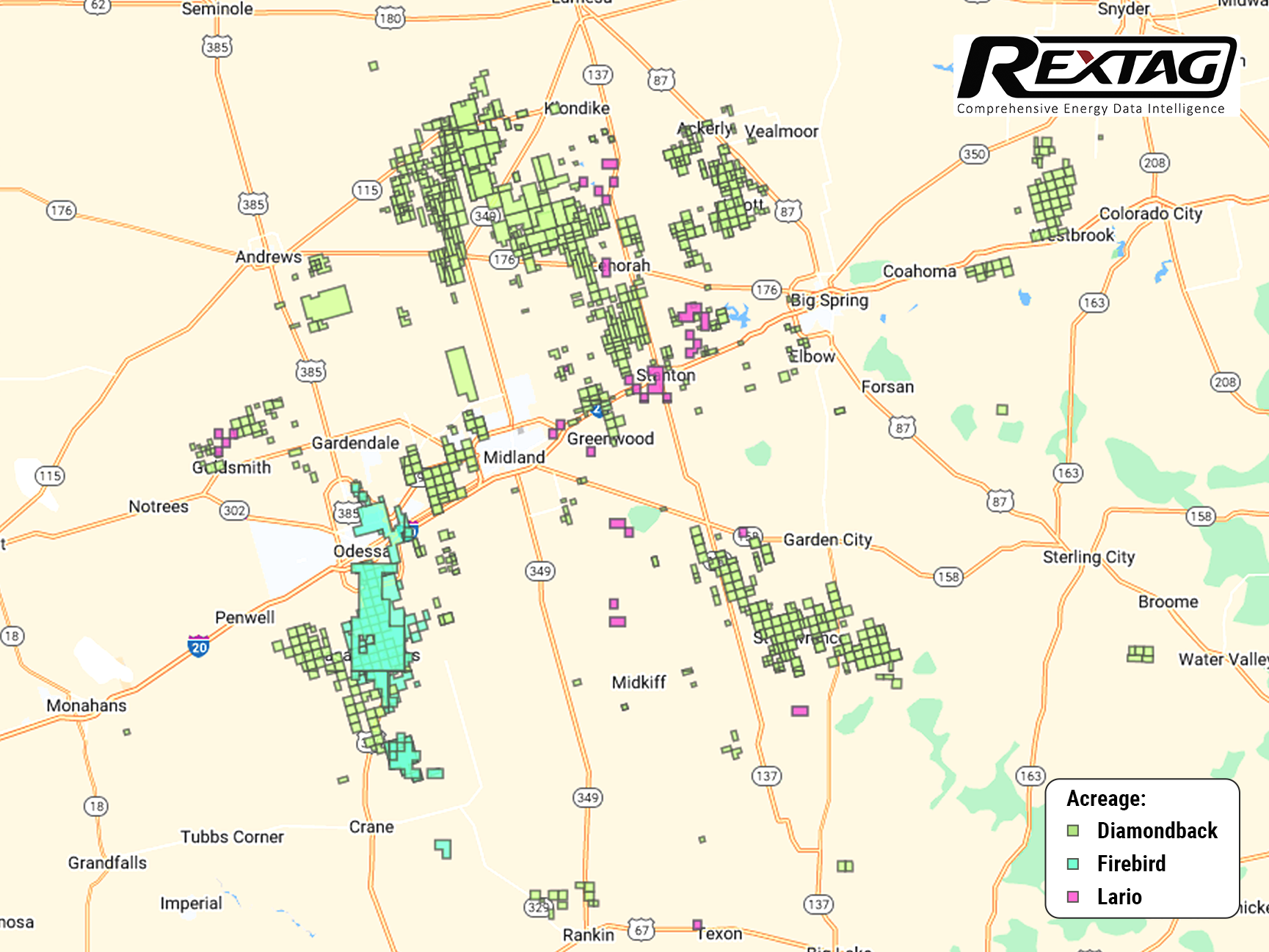Blog
Since days when shale oil and gas technologies were discovered, the U.S. energy industry has been evolving more rapidly than ever before. Many changes are amazing especially when you put them on an industry map. At Rextag not only do we keep you aware of major projects such as pipelines or LNG terminals placed in service. Even less significant news are still important to us, be it new wells drilled or processing plants put to regular maintenance.
Daily improvements often come unnoticed but you can still follow these together with us. Our main input is to “clip it” to the related map: map of crude oil refineries or that of natural gas compressor stations. Where do you get and follow your important industry news? Maybe you are subscribed to your favorite social media feeds or industry journals. Whatever your choice is, you are looking for the story. What happened? Who made it happen? WHY does this matter? (Remember, it is all about ‘What’s in It For Me’ (WIIFM) principle).
How Rextag blog helps? Here we are concerned with looking at things both CLOSELY and FROM A DISTANCE.
"Looking closely" means reflecting where exactly the object is located.
"From a distance" means helping you see a broader picture.
New power plant added in North-East? See exactly what kind of transmission lines approach it and where do they go. Are there other power plants around? GIS data do not come as a mere dot on a map. We collect so many additional data attributes: operator and owner records, physical parameters and production data. Sometimes you will be lucky to grab some specific area maps we share on our blog. Often, there is data behind it as well. Who are top midstream operators in Permian this year? What mileage falls to the share or Kinder Morgan in the San-Juan basin? Do you know? Do you want to know?
All right, then let us see WHERE things happen. Read this blog, capture the energy infrastructure mapped and stay aware with Rextag data!
Haynesville Shale's 2022-2023 Performance Overview, What Happened, Trends
The Haynesville Shale play, located in northwestern Louisiana and eastern Texas, was recognized in March 2008. Petrohawk Energy Corp. and Chesapeake Energy Corp. had leased acreages in Louisiana, bringing fame to the region. The Haynesville Shale is crucial for meeting the rising demand for LNG exports from the Gulf Coast because of its location. It's expected that Haynesville will contribute about 13 Bcf/d to the overall growth in U.S. gas demand by 2030. However, drilling in Haynesville is more expensive and challenging due to the depth of its wells, especially when compared to areas like the Marcellus Shale.
Haynesville's Top 2022 Players That Made It Happen
After reaching record-high production in 2021, the Haynesville Shale seemed to have a quiet 2022, with a smattering of deal activity and attention seemingly focused more on LNG exports than production. Meanwhile, the indications are that the third-largest producing gas shale in the U.S. is growing up for a robust 2023 if commodity prices stand still. Top basin performers Chesapeake Energy, Southwestern Energy, Comstock Resources, Aethon Energy, and Rockcliff Energy II produced a combined total of 1.53 MMboe/d, 83 bbl/d of oil, and 9.2 Bcf/d of gas in the first half of 2022.
$7 Billion Merger of Colgate and Centennial, the 2 Largest Permian Operators
Despite the circulating rumors concerning Colgate’s attempt to launch an IPO, on May 19 the company decided to combine with Centennial Resource Development Inc. This merger of equals is estimated at $7 billion and will found the biggest pure-play E&P company in the Delaware Basin of the Permian. The transformative combination essentially enlarges companies’ potential and hastens the growth across all financial and operating metrics. According to Centennial CEO Sean Smith, the combined company is anticipated to furnish shareholders with quickened capital return program due to a fixed dividend coupled with a share repurchase plan. Due to a recent report, the merger would increase production 7%, to 145,000 boe/d by the fourth quarter would further ratchet up next year. By third-quarter 2023, the company predicted 160,000 boe/d based on a drilling program of 140 wells per year. Colgate Energy was reported to be getting an IPO last December that sources said would value the company at approximately $4 billion. The combined company will have over 15-years of drilling inventory, assuming its current drilling pace, the companies will produce over $1 billion of free cash flow in 2023 at current strip prices.
Colgate Energy's owners are planning to go public
Colgate Energy is planning to float its shale oil producer in the Permian's Delaware Basin on the stock market. If successful, this IPO would be the first major U.S. oil producer offering since Jagged Peak Energy's IPO in January 2017. Looks like investors’ confidence in the sector is returning as U.S. crude prices hit their highest in seven years late last year S&P energy index delivered roughly twice the return of the S&P 500 in 2021.
Restructuration is in a full-speed: Comstock to sell Bakken for $154 million
Comstock Resources decided to go through with asset divestment, selling its Bakken Shale actives for $150M to Northern Oil and Gas. The proceeds from these sales will be reinvested by Comstock Resources Inc. into the Haynesville Shale, at which point the company may acquire additional leasehold and fund drilling activities starting in 2022. Meanwhile, Northern clearly gunning for the pack leading position in the Texas shale play, but whether they succeed or not is remains to be seen.

.png)

.png)

